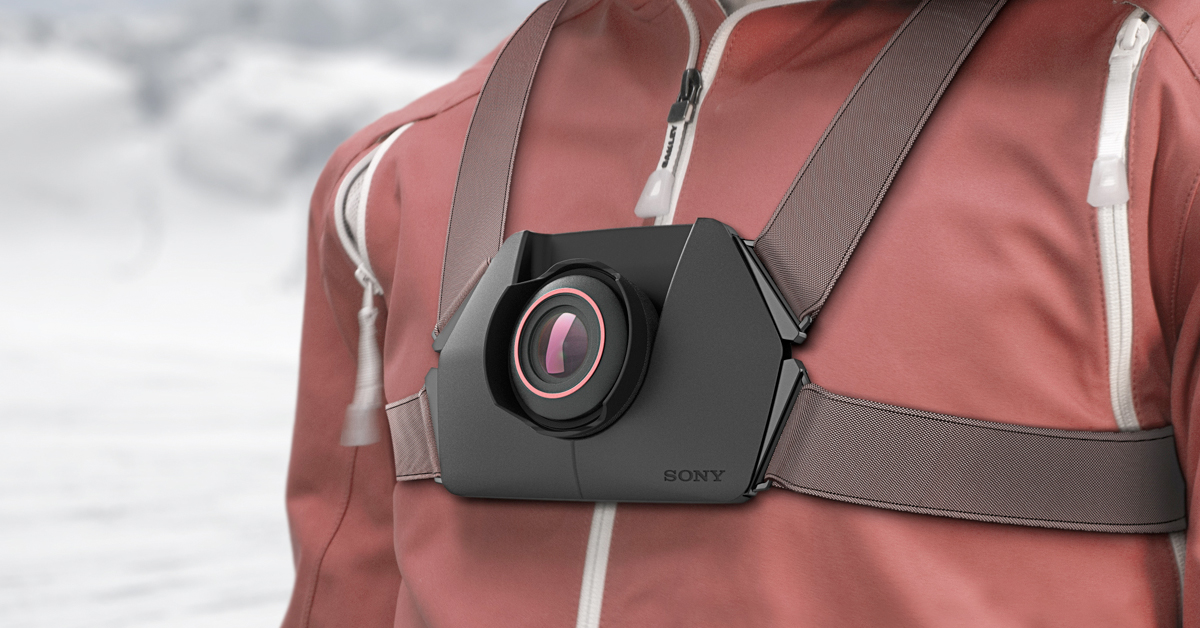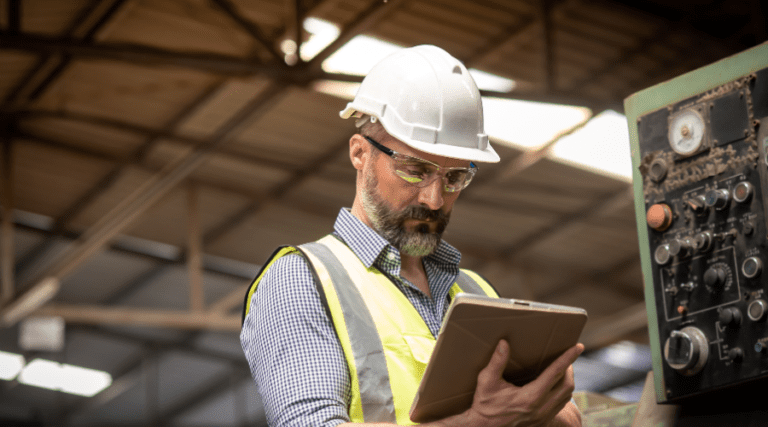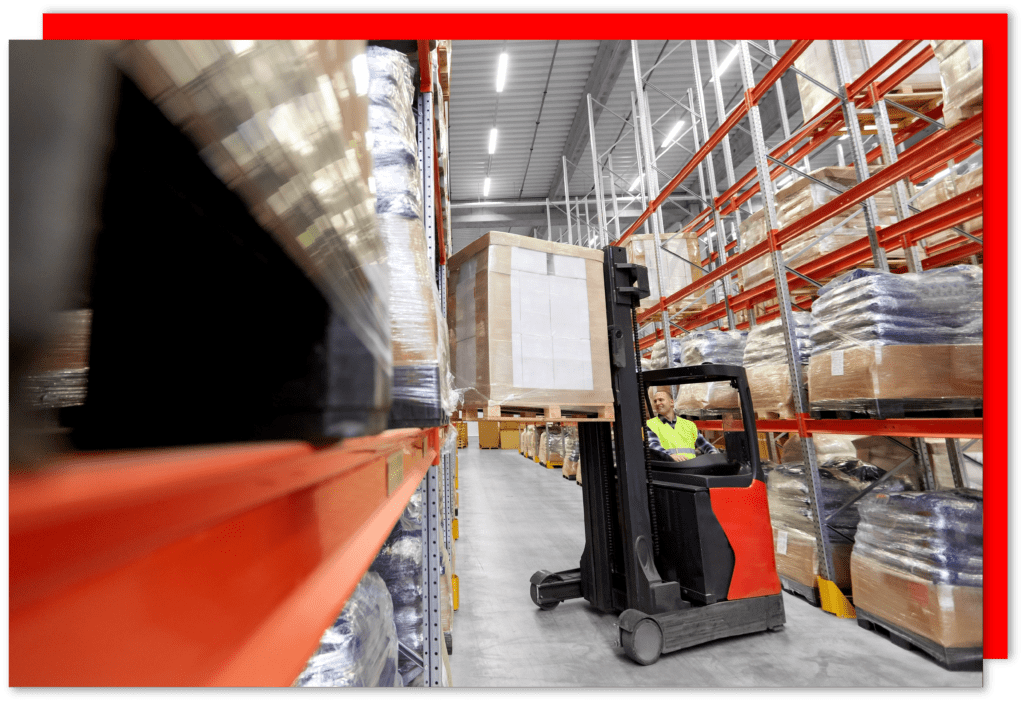Workplace Wearables: What are they and why is their use on the increase?
Safety wearables are devices designed to enhance personal safety and provide real-time monitoring and feedback to individuals in hazardous environments or risky situations. These wearables incorporate advanced sensors, communication capabilities, and data processing technology to detect and respond to potential threats and risks. They can be worn as accessories or integrated into clothing, helmets, or other protective gear.
Advancements in technology, including miniaturisation, improved sensor accuracy, and longer battery life, have contributed to the recent growth of safety wearables. Furthermore, the increasing awareness of personal safety, health monitoring, and the demand for connected devices have also fueled the market
The importance of safety wearables stems from their ability to prevent accidents, injuries, and even save lives. Here are a few key reasons why they are important:
- Hazard detection and alert: Safety wearables can detect various environmental hazards such as toxic gases, high temperatures, radiation, or falls. They provide timely alerts and warnings to wearers, enabling them to take immediate action and avoid potential harm.
- Health monitoring: Some safety wearables monitor vital signs like heart rate, body temperature, or oxygen levels. This data can help identify early signs of health issues or physical stress, allowing wearers to address them before they escalate.
- Emergency response and communication: Wearables equipped with GPS, panic buttons, or distress signals enable wearers to call for help or send emergency alerts in case of accidents, emergencies, or dangerous situations. This feature is particularly beneficial for lone workers, hikers, or people working in remote or isolated environments.
- Data collection and analysis: Safety wearables gather valuable data on workplace safety, worker behavior, and environmental conditions. This data can be analysed to identify patterns, risks, and areas for improvement, ultimately leading to better safety protocols and prevention strategies.
- Psychological well-being: Some wearables monitor stress levels or provide feedback on posture and ergonomics. By promoting better mental and physical well-being, safety wearables contribute to a healthier and more productive workforce.
In summary, safety wearables play a crucial role in enhancing personal safety, mitigating risks, and improving overall well-being in various contexts, including industrial settings, outdoor activities, and emergency situations.
For more information on how data captured from safety wearables can be integrated with AssessNET, book a meeting today












